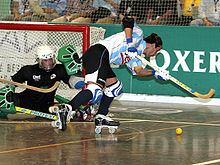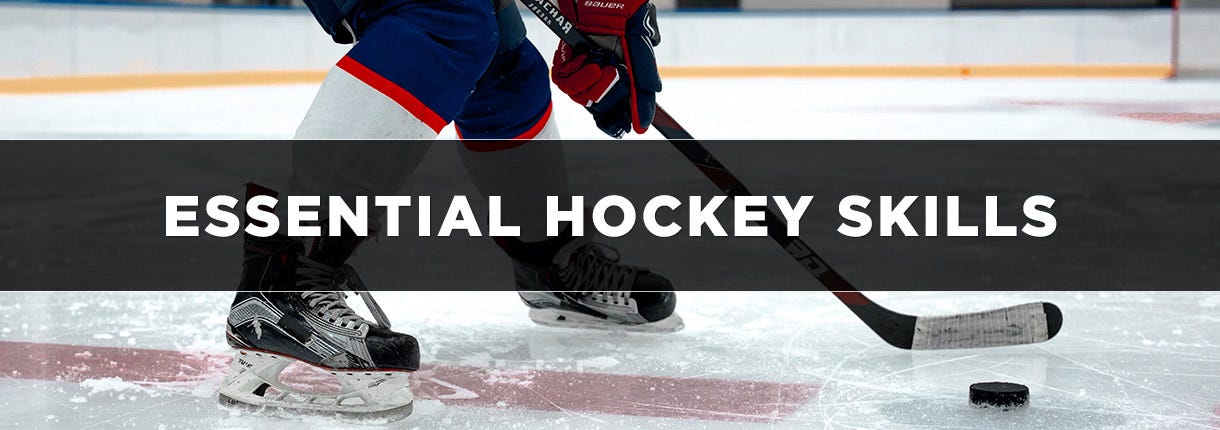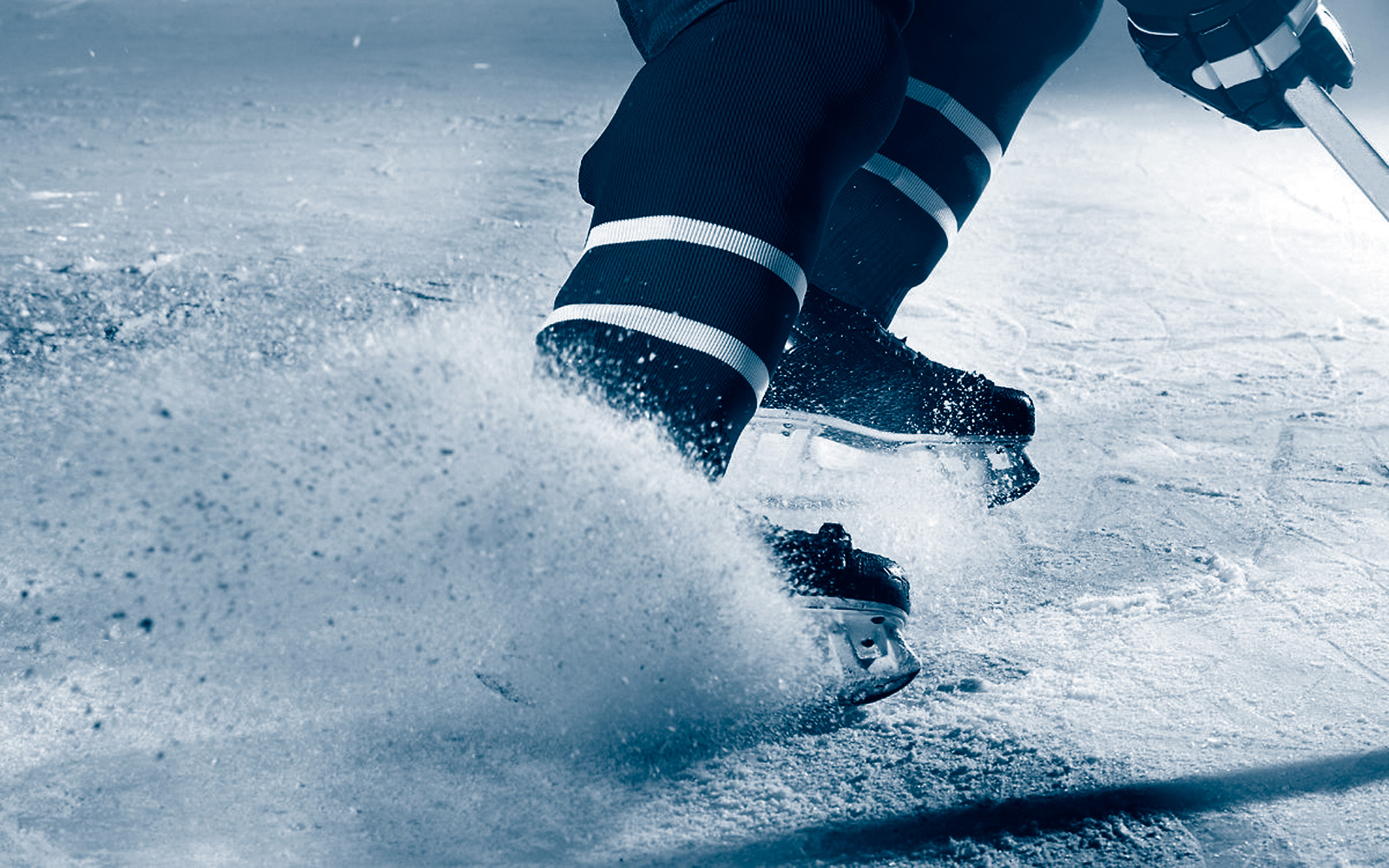What Is Penalty Kill In Hockey? A Comprehensive Guide
Hockey is a fast-paced, high-energy sport that requires skill, agility, and teamwork. One of the most critical aspects of the game is penalty killing, a defensive strategy used to neutralize the opponent’s power play. In this article, we will explore what is penalty kill in hockey, including its definition, how it works, and its importance in hockey.

What Is Penalty Kill?
The penalty kill is a term used in hockey that refers to a team playing with fewer players on the ice due to a penalty. When a player commits a penalty, they are sent to the penalty box, and their team must play short-handed until the penalty time is over or until the other team scores a goal. Penalty killing is a strategy the short-handed team uses to prevent the other team from scoring while playing with fewer players on the ice.
How Penalty Kill Works?
During a penalty kill, the short-handed team will typically play a more defensive style of hockey, focusing on preventing the other team from scoring rather than trying to score themselves. The short-handed team will try to force the other team to make mistakes, such as turnovers or bad passes, which can lead to opportunities for a short-handed goal.
Types of Penalties in Hockey
There are many types of penalties in hockey, each with specific rules and consequences. Some common types of penalties include:
- Tripping
- Hooking
- Slashing
- High-sticking
- Roughing
- Interference
- Boarding
- Charging
- Checking from behind
- Delay of game
Importance of Penalty Kill in Hockey
The penalty kill is an essential part of hockey because penalties are common in the game. A team that can effectively kill penalties can neutralize the other team’s power play and prevent them from scoring goals. Penalty killing can also boost the short-handed team’s momentum if they successfully kill off a penalty.
Penalty Kill Strategies
Teams can use many strategies on the penalty kill, depending on the situation and the other team’s power play. Some common strategies include:
- Box formation: The short-handed team forms a box before their net to block shots and passing lanes.
- Diamond formation: The short-handed team forms a diamond to pressure the puck carrier and force turnovers.
- Aggressive forecheck: The short-handed team pressures the other team’s defense to force turnovers and create scoring chances.
Common Mistakes on Penalty Kill
Some common mistakes that teams make on penalty kill include:
- Not pressuring the puck carrier enough
- Not blocking shots or passing lanes effectively
- Getting out of position and leaving players open for scoring chances
Penalty Kill Success Rate
The penalty kills success rate is the percentage of penalties a team successfully kills without allowing a goal. The average penalty kill success rate in the NHL is around 80%, but some teams have much higher success rates than others.
Penalty Kill vs. Power Play
A penalty kill is the opposite of a power play, which is a situation where a team has more players on the ice due to an opponent’s penalty. During a power play, the team with more players has a significant advantage and will typically play an aggressive style of hockey to try to score a goal.
Conclusion
The penalty kill is a critical aspect of hockey that requires skill, strategy, and teamwork. A team uses a defensive strategy to prevent the other team from scoring while playing short-handed due to a penalty. Effective penalty killing can neutralize the other team’s power play and boost the short-handed team’s momentum.
FAQs
How long does a penalty last in hockey?
A penalty can last anywhere from two to five minutes, depending on the severity of the infraction.
Can a team score a goal during a penalty kill?
A short-handed team can score a goal during a penalty kill if they steal the puck and create a scoring opportunity.
How do referees determine if a penalty has been committed?
Referees use their judgment and discretion to determine if a penalty has been committed based on the game’s rules.
Can a player leave the penalty box if the other team scores a goal?
If the other team scores a goal during a penalty, the player in the penalty box can leave and return to the ice.
What is the most common penalty in hockey?
Tripping is one of the most common penalties in hockey, followed by hooking and slashing.



